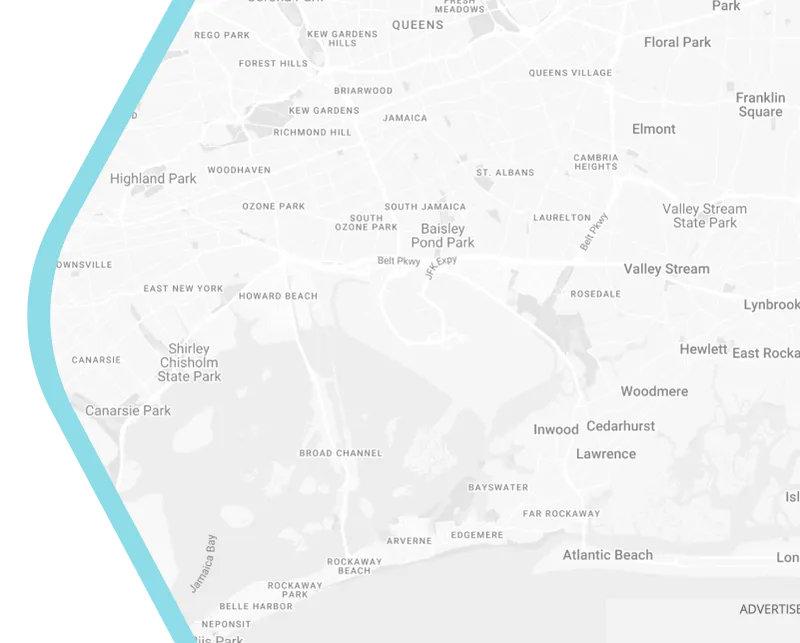
Self-Healing Concrete The Future of Low-Maintenance Smart Infrastructure
Imagine a world where bridges, roads, and buildings silently repair their own cracks before humans even notice them. This isn’t science fiction—it’s the reality of self-healing concrete, a groundbreaking material poised to redefine how cities build and maintain infrastructure. In an era where urbanization strains aging systems and climate change intensifies wear-and-tear, this innovation offers a lifeline for smarter, more resilient cities.
The Hidden Cost of Traditional Concrete
Concrete is the backbone of modern cities, but its Achilles’ heel has always been cracking. Temperature fluctuations, heavy loads, and corrosion slowly fracture even the sturdiest structures. The U.S. alone spends $4.5 billion annually repairing concrete infrastructure, while cities like Sydney and Melbourne face escalating maintenance backlogs. Traditional repairs are Band-Aid solutions: disruptive, costly, and temporary.
Enter self-healing concrete—a material designed to mimic biological systems. Just as human skin heals scrapes, this concrete activates repair mechanisms when cracks form, extending its lifespan by decades.
How Self-Healing Concrete Works
The secret lies in two pioneering approaches:
- Bacterial Concrete: Embedded spores of Bacillus pseudofirmus lie dormant until water seeps into cracks. The bacteria awaken, consuming calcium lactate and excreting limestone to seal gaps.
- Microcapsule Technology: Tiny polymer capsules filled with epoxy or silicate release healing agents when cracks rupture them, bonding fissures within hours.
In the Netherlands, a bicycle path in Utrecht built with bacterial concrete in 2021 has shown 60% fewer maintenance interventions compared to traditional paths. Similarly, Japan’s Tohoku University uses microcapsule-laced concrete in seawalls to combat saltwater corrosion—a critical innovation for coastal cities.
Why Smart Cities Need Self-Healing Infrastructure
For city planners and developers, the benefits are transformative:
- Cost Savings: Rotterdam’s smart port estimates a 30% reduction in lifecycle costs for self-healing piers.
- Sustainability: Less frequent repairs mean lower carbon emissions from cement production, which accounts for 8% of global CO₂.
- Safety: Autonomous repair minimizes the risk of catastrophic failures, like the 2018 Genoa bridge collapse.
Architects are also embracing the material. Singapore’s “Green Mark” certification now incentivizes self-healing concrete in eco-friendly skyscrapers, blending durability with green building standards.
Challenges and the Road Ahead
Despite its promise, adoption faces hurdles. Bacterial concrete struggles in arid climates where water—needed to activate healing—is scarce. Microcapsule tech, while effective, raises costs by 10–15%. Critics also question scalability: can cities retrofit existing infrastructure, or is this limited to new projects?
Answers are emerging. Researchers at Delft University developed a sprayable hydrogel containing healing agents for retrofitting old concrete. Meanwhile, startups like Basilisk in the Netherlands offer cost-competitive mixes for municipal projects.
A Foundation for Smarter Cities
Self-healing concrete isn’t just about fixing cracks—it’s about reimagining urban resilience. For aging cities drowning in maintenance debt and booming metropolises racing to build smarter, this material offers a paradigm shift. As Barcelona’s chief urban architect noted, “The cities of tomorrow won’t just be connected; they’ll be alive.”
By investing in self-healing infrastructure today, we lay the groundwork for cities that endure, adapt, and thrive for generations.
